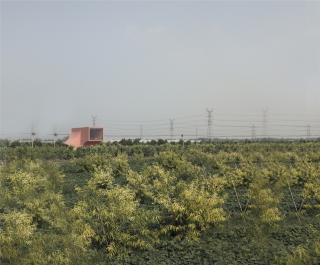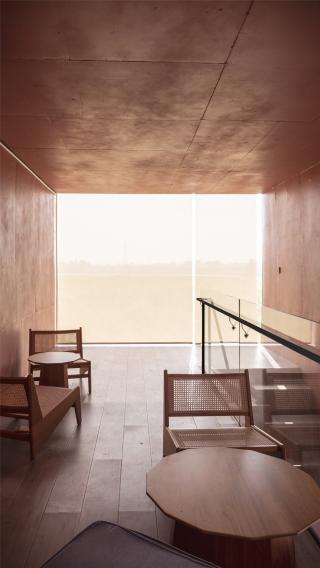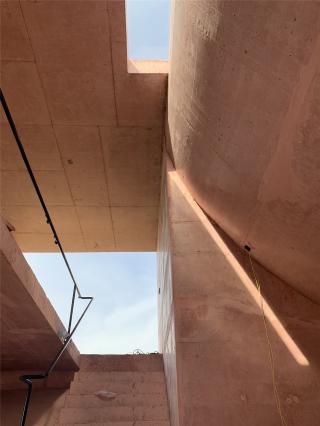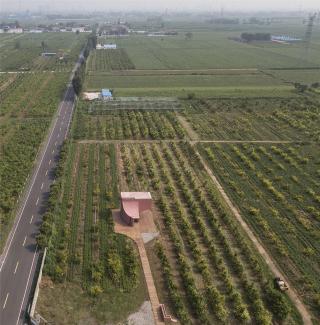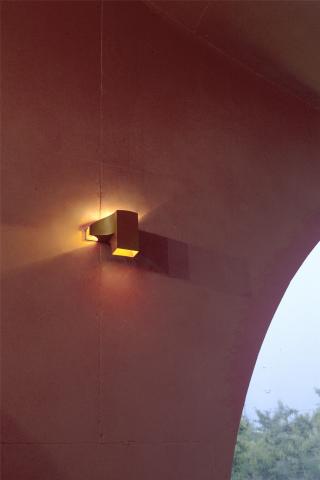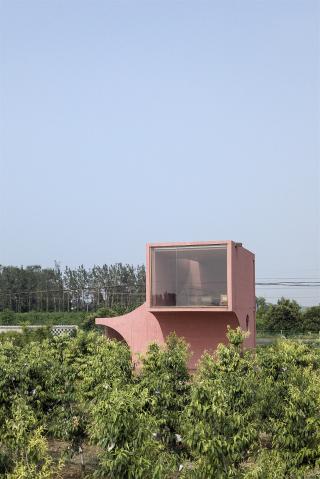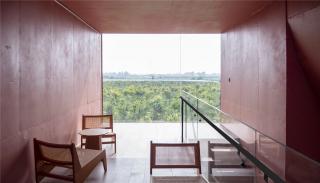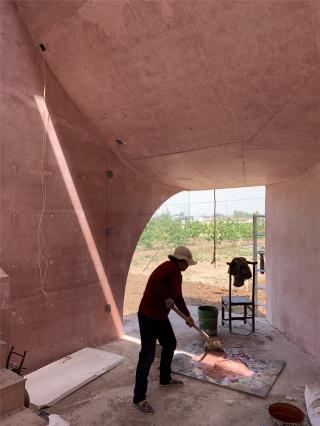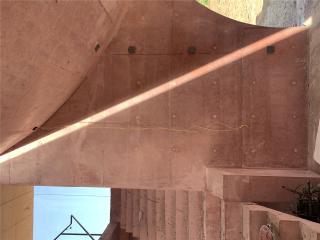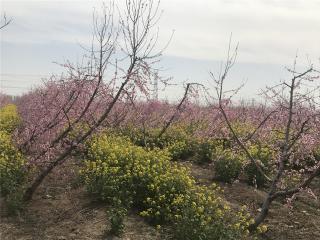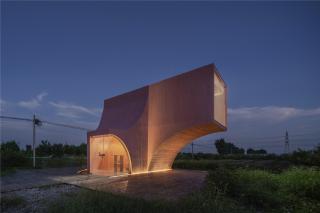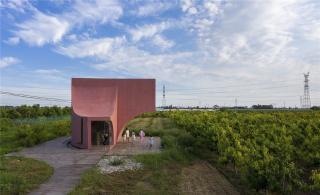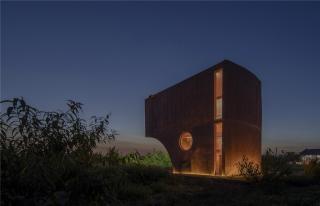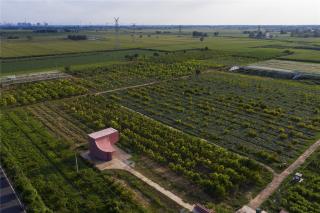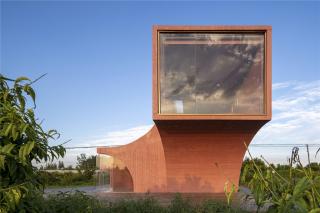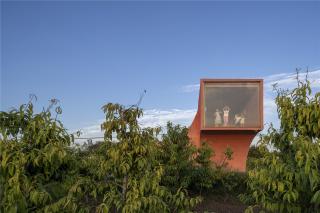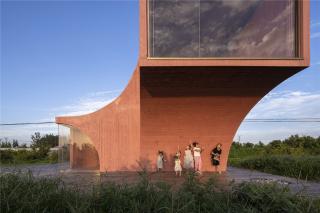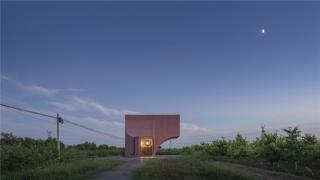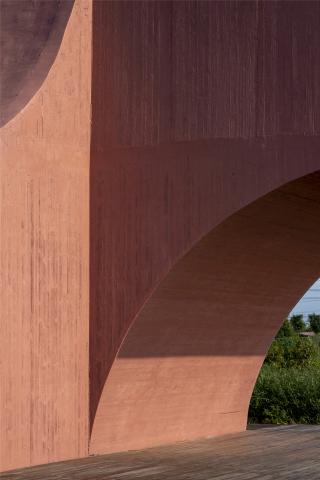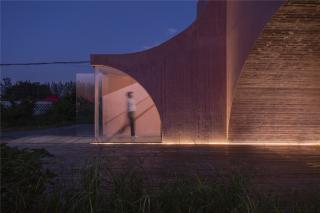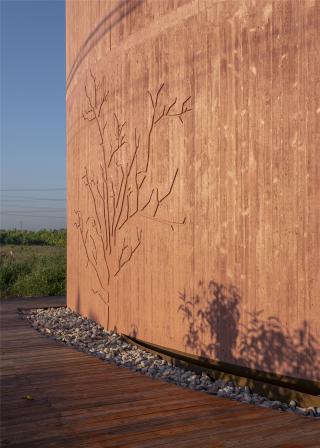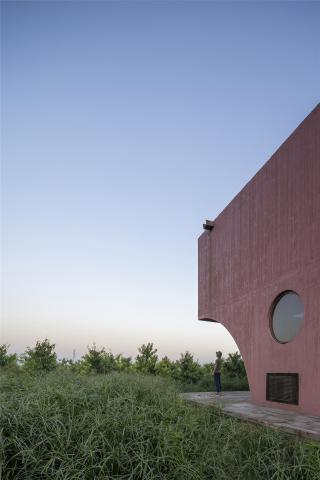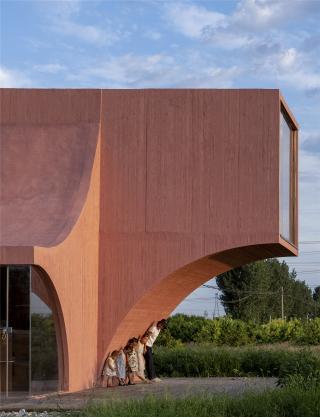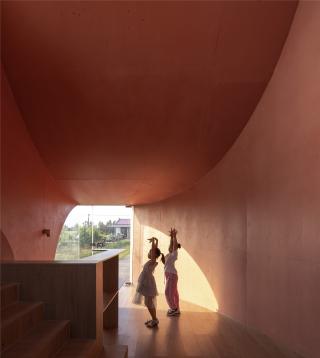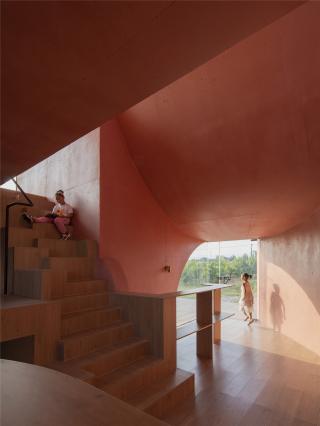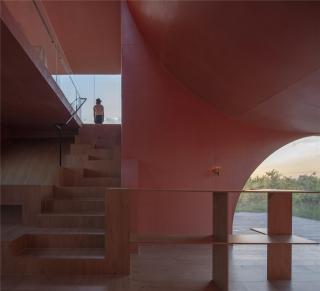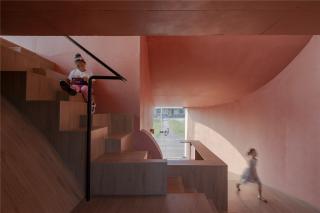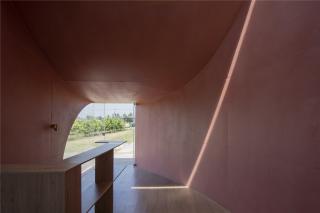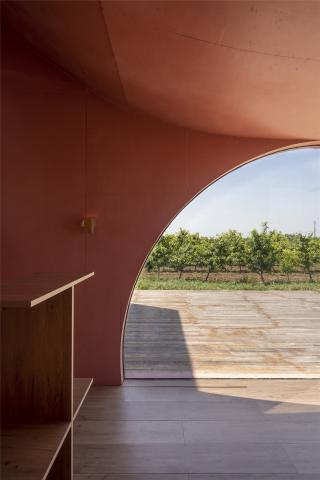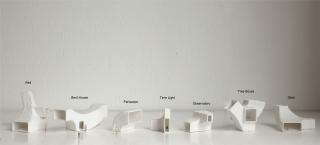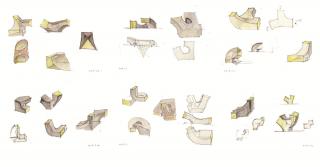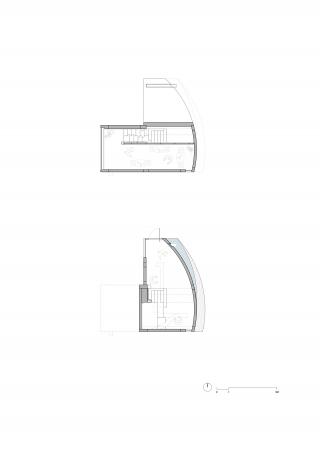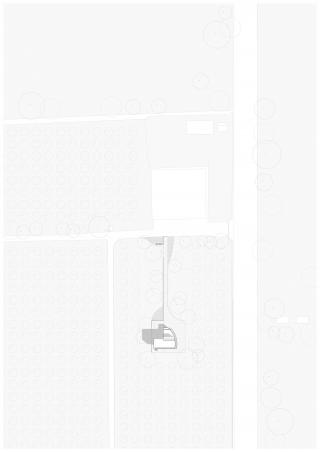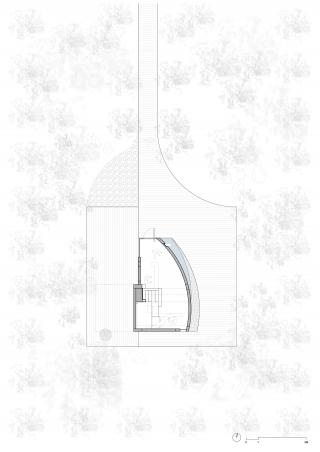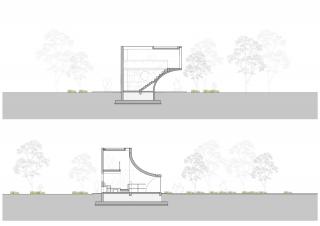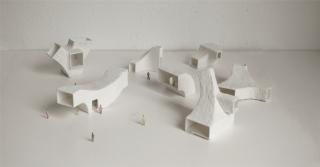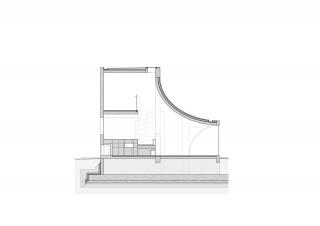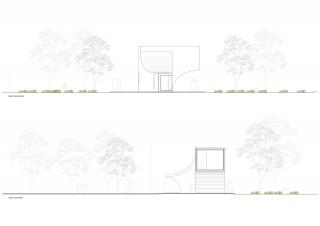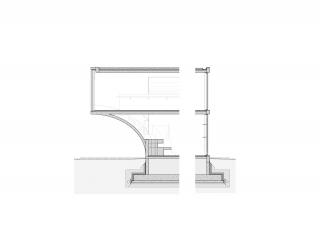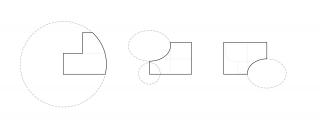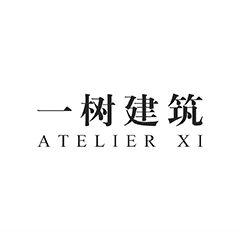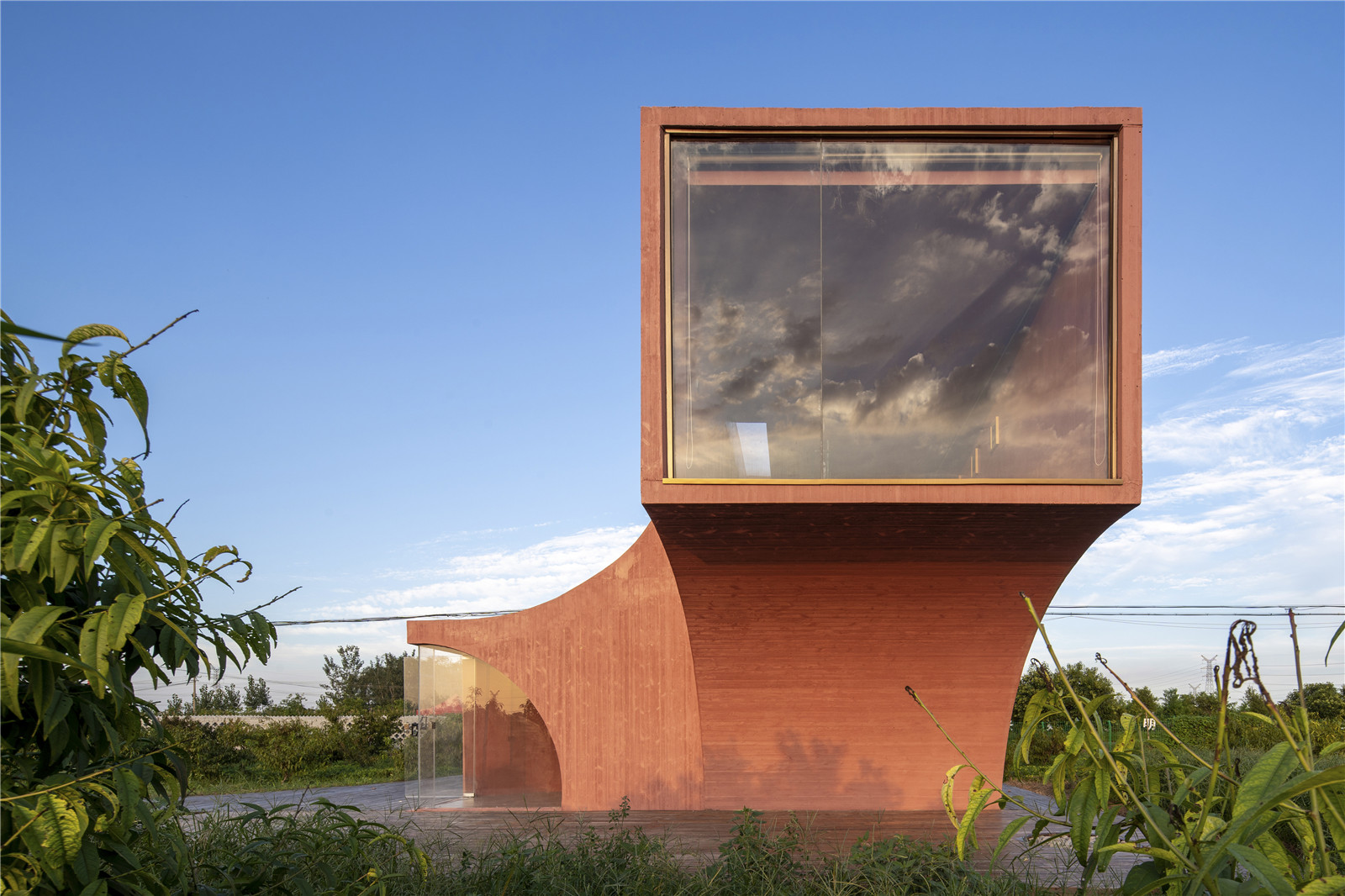
?張超
最初���,建筑師被委托在河南修武縣設(shè)計(jì)一個(gè)300平米的文化建筑,來(lái)提升鄉(xiāng)村社會(huì)的美學(xué)文化素養(yǎng)���。然而考慮到630平方公里的縣域面積和相距遙遠(yuǎn)的分散村落��,建筑師提出將這個(gè)文化建筑單體分開成為一系列微型小品����,可以更廣泛的服務(wù)于社區(qū)的兒童與社區(qū)活動(dòng)。
In the beginning, the architect received the original commission to design a 300-square-meter public building for facilitating the county’s culture and art education in Xiuwu, Henan. However, considering the vast serving area (630-square-kilometer county area) and the difficulty of traveling between scattered villages, the architect came up with a proposal to divide one building into a series of miniature facilities in different locations so as to better serve local communities.
▼概念草圖及模型 ?一樹建筑
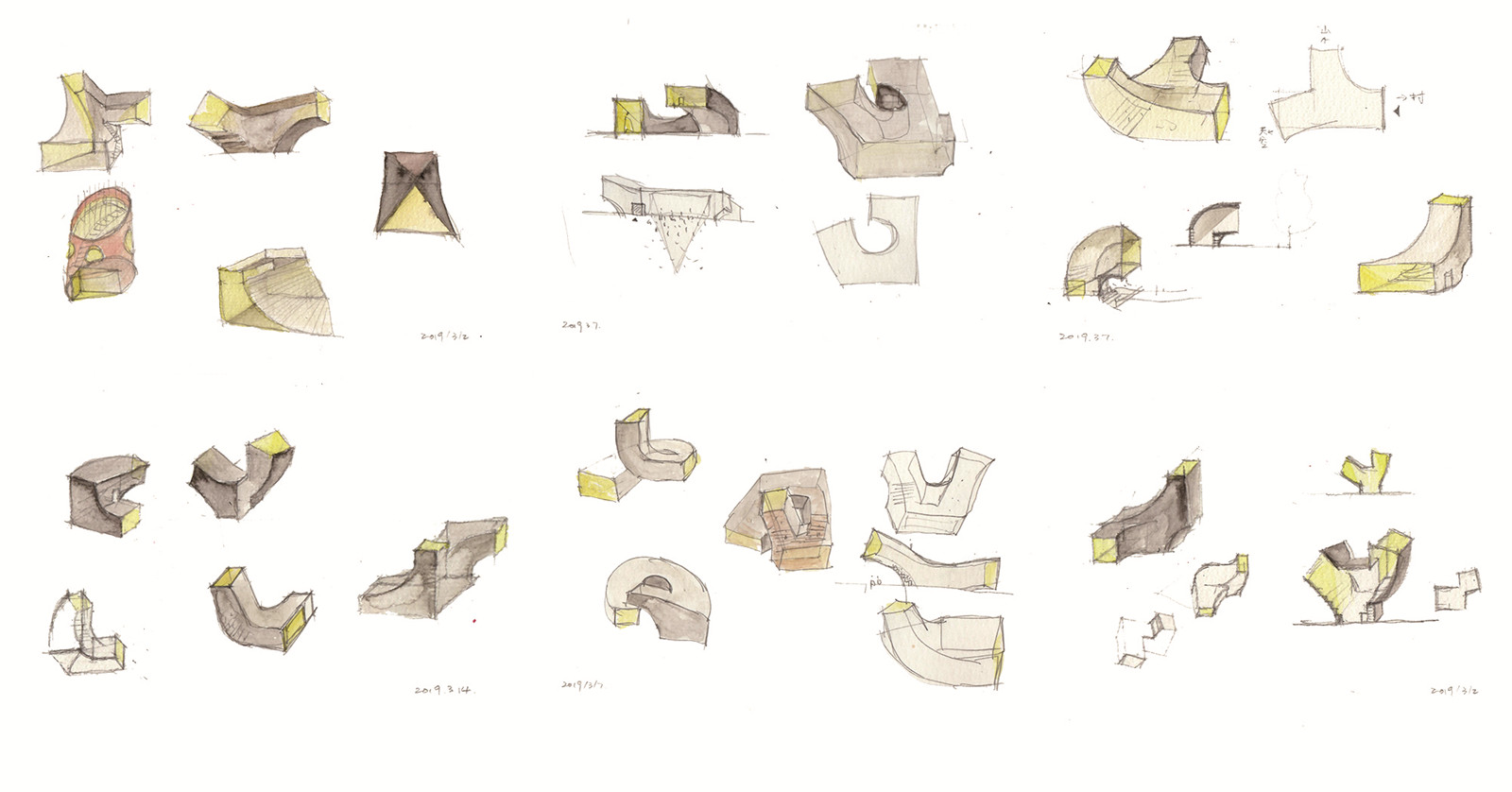
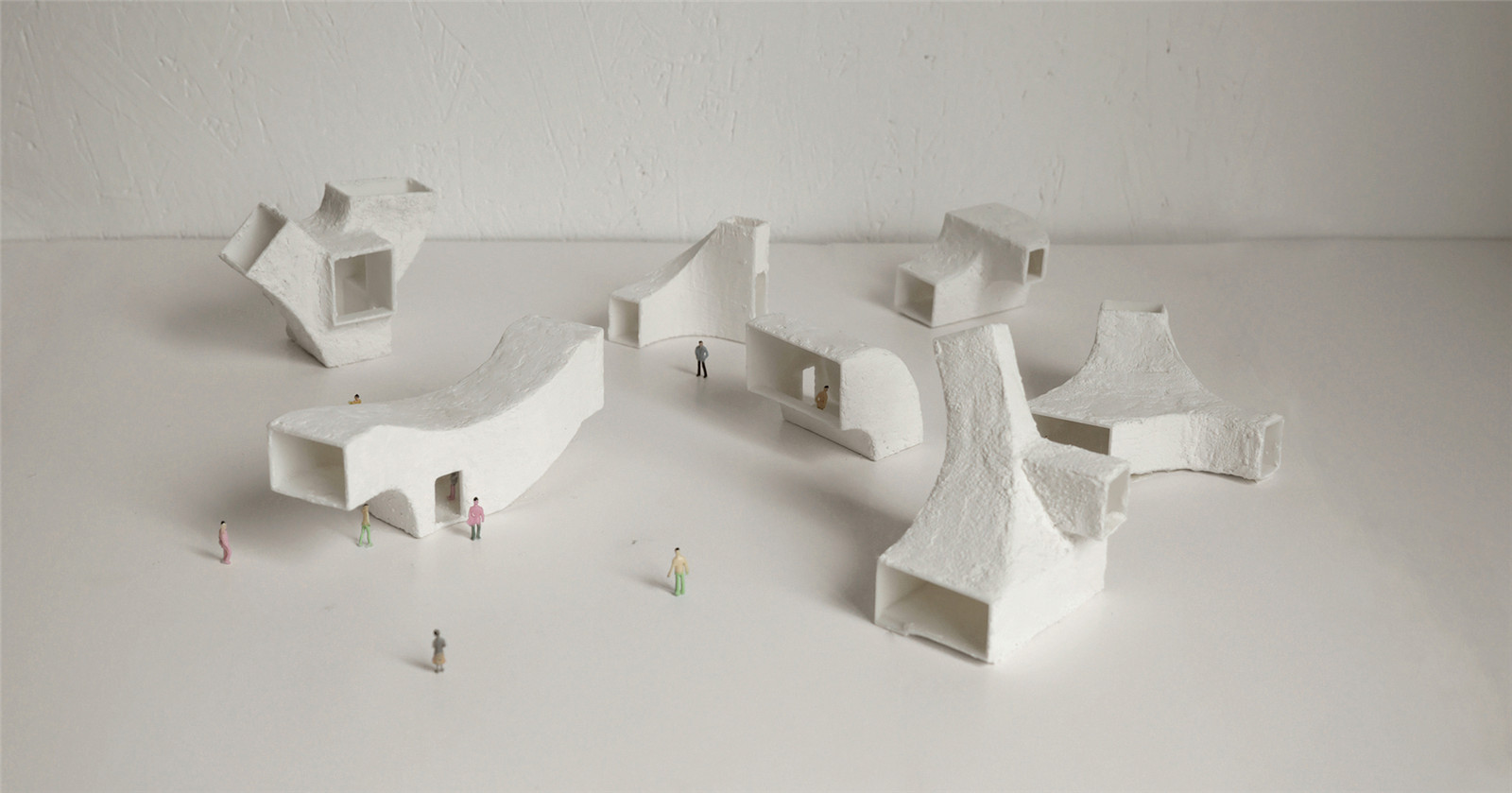
在村落里�,比物質(zhì)的匱乏更嚴(yán)峻的挑戰(zhàn)來(lái)自教育資源、信息渠道和美學(xué)想象力的缺失���。地方領(lǐng)導(dǎo)提出美學(xué)復(fù)興鄉(xiāng)村的主張�����、打造修武成為中國(guó)縣域美學(xué)策源地,而建筑師希望在有限資源條件下用最微小的建筑改變隔絕和貧瘠的現(xiàn)實(shí)��。
The long-term drawbacks of remote rural areas include insufficient educational resources, inadequate information access and scant aesthetic imagination. Thus, community leaders and the architect seek for an aesthetic approach towards rejuvenating these communities. Through these minimal architecture investments, the project aims to inspire sensibilities of local residents, to help them enjoy and rethink life quality, as well as to alleviate isolation and poverty.
▼微建筑系列模型?一樹建筑
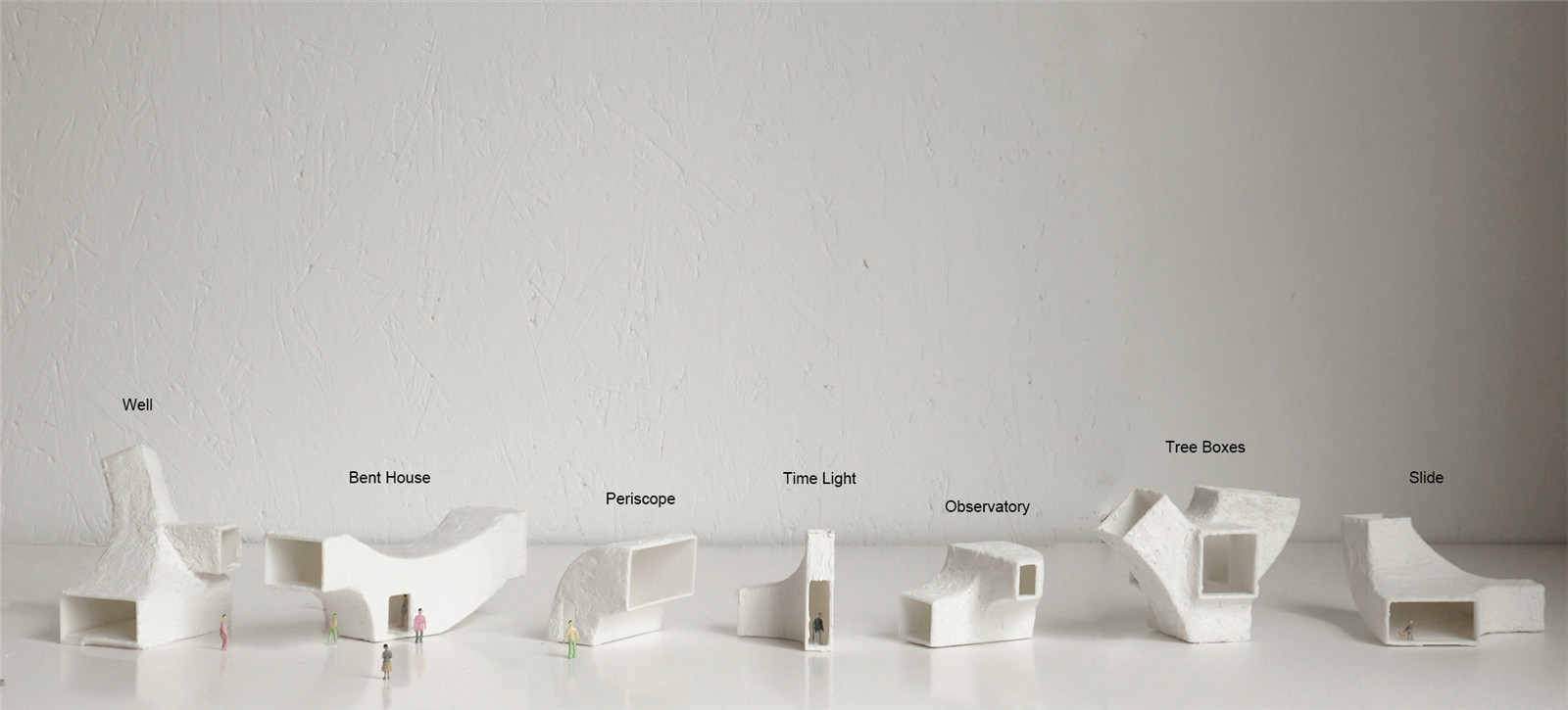
這些混凝土澆筑而成的微型建筑被設(shè)計(jì)為一系列帶觸角的樹狀空間����,向天空生長(zhǎng)以獲取光與影,他們有的坐落在田間����、有的在樹林中、有的從廢棄的村莊殘墻里生長(zhǎng)出來(lái)��、有的在水塘中營(yíng)造一個(gè)漂浮的劇場(chǎng)。7個(gè)單體被分期為兩個(gè)階段�,第一期將是:水劇場(chǎng)、桃屋和廢墟書屋���。
These cast-in-place concrete miniatures are interpreted into a series of tree-shaped spaces with tentacles reaching out for the sky, bathing in light and shadow. Their locations vary from fields, woods, to mountaintops, and their forms differ as well: while one grows out from the ruined walls in an abandoned village, another embodies a floating theater on the water.
The construction of the seven units is divided into two phases with the first phase consisting of Periscope (a vernacular theater), Observatory (a beverage bar in a peach tree farmland) and Bent House (a communal library).
▼桃林場(chǎng)地 2019.4?一樹建筑
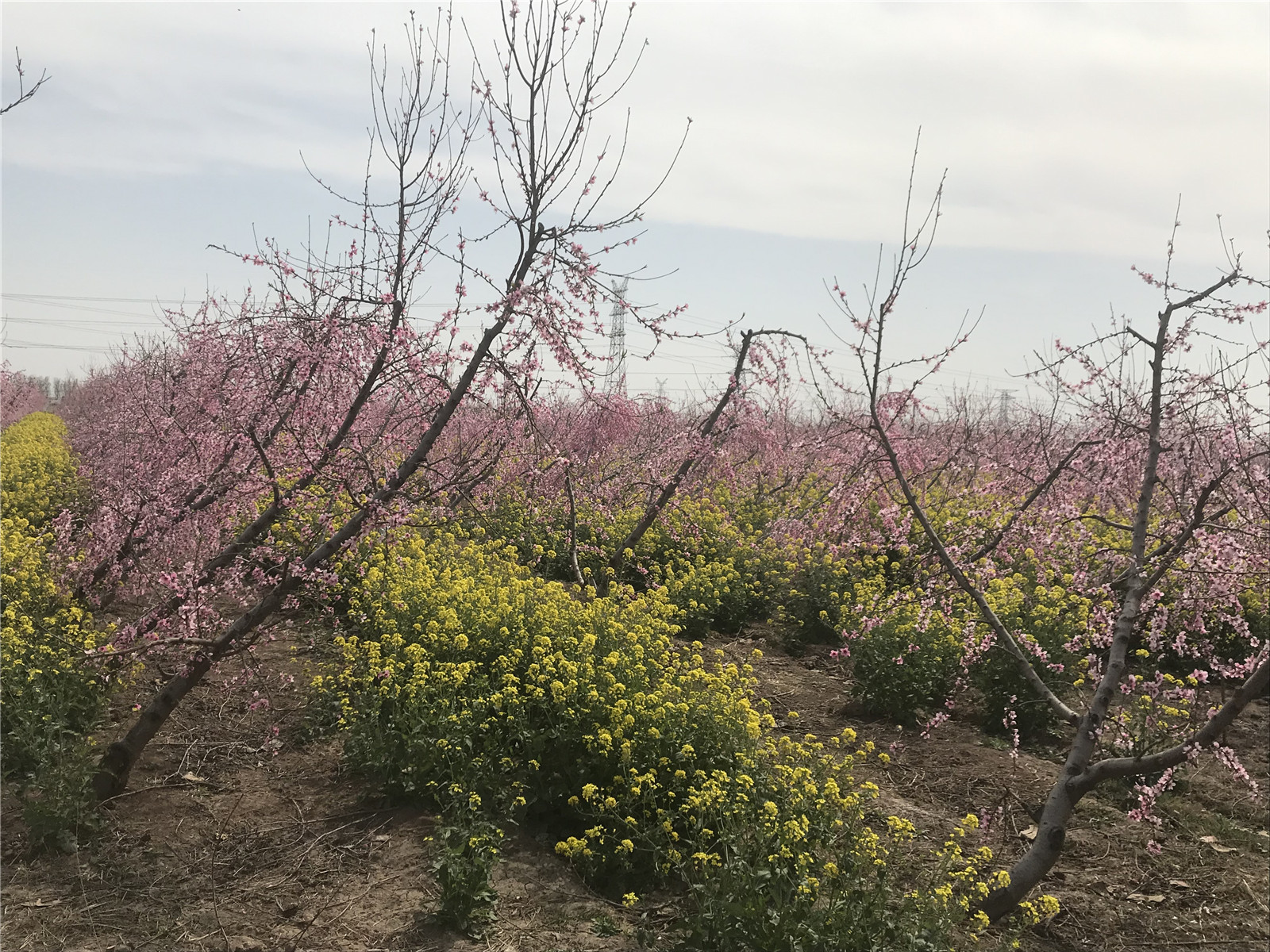
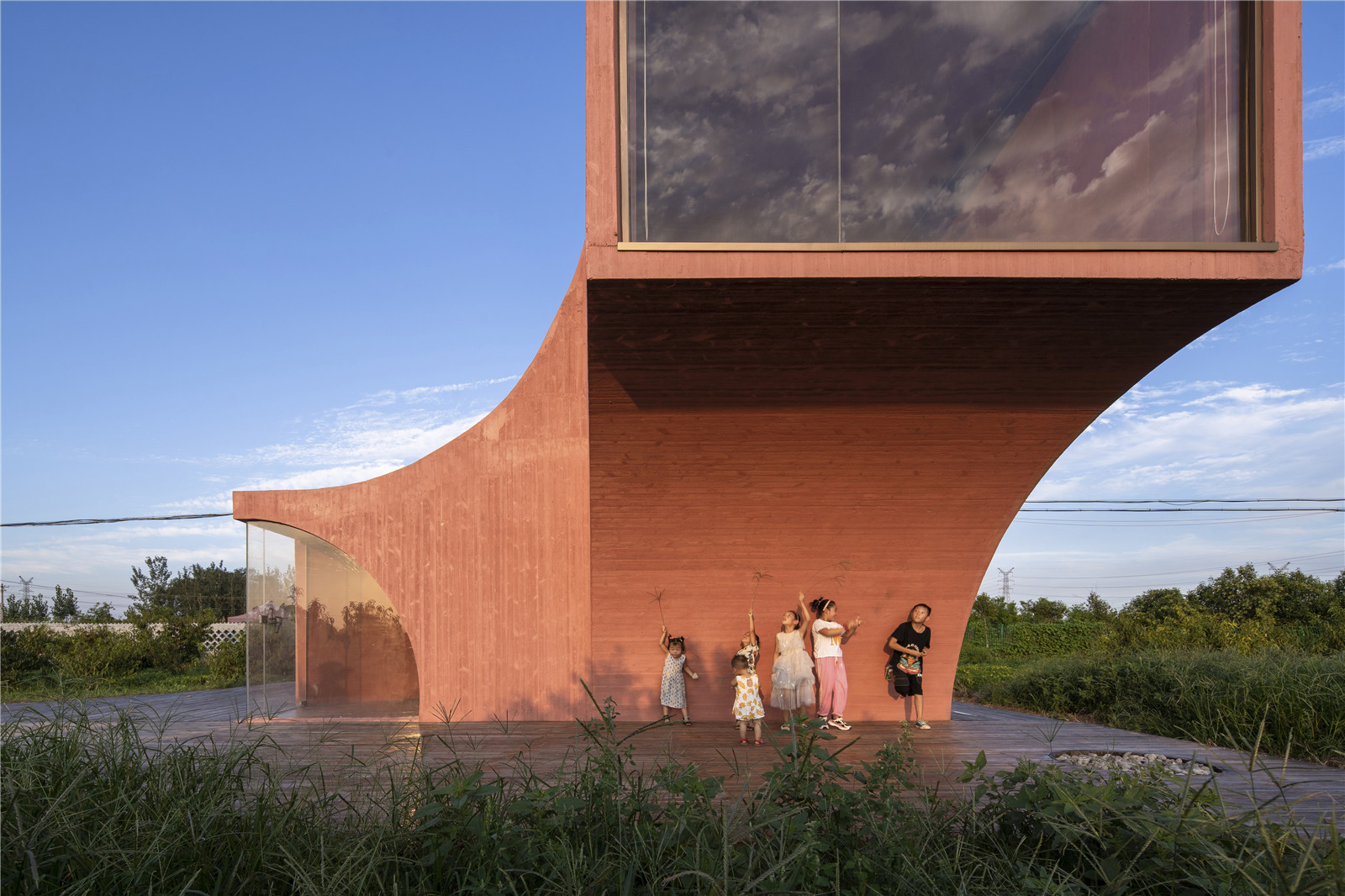
?張超
第一個(gè)落成的微建筑“桃屋”坐落于一片桃樹果林中����,場(chǎng)地上桃樹呈“一邊倒”形態(tài)����,啟發(fā)了建筑形體創(chuàng)作,建筑師設(shè)想建筑是由一系列來(lái)自場(chǎng)地上的無(wú)形弧線所切割而成���,形成躍升向天空的獨(dú)特形態(tài)�。
"Peach Hut", the first completed miniature pavilion, is surrounded by a field of blossoming peach trees in a farmland. The trees on the site which all lean to one side, which inspired the sculptural form of the architecture. The architect envisions that the building is cut from a series of invisible arcs derived from the earth and the cloud, forming a unique shape that rises to the sky.
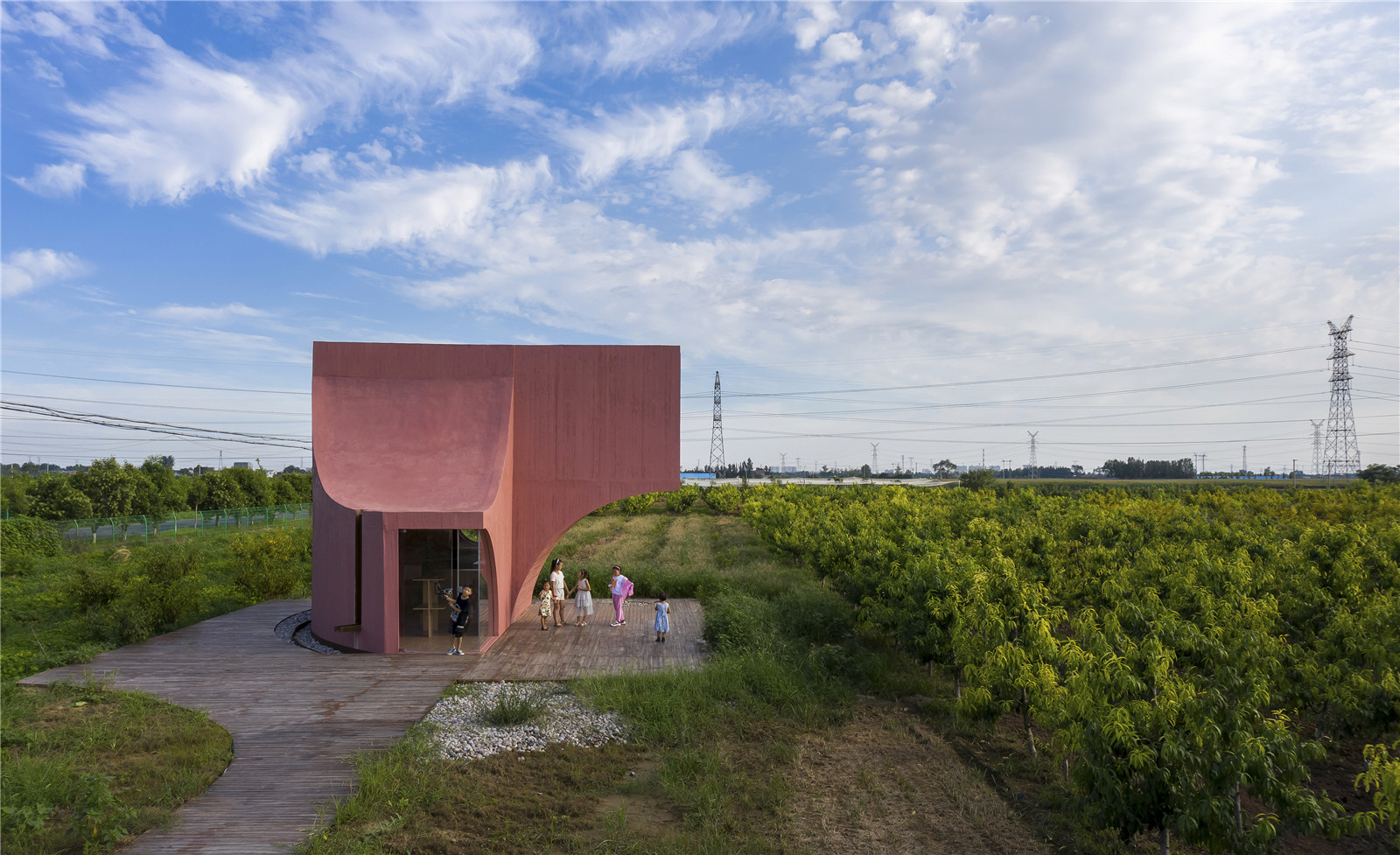
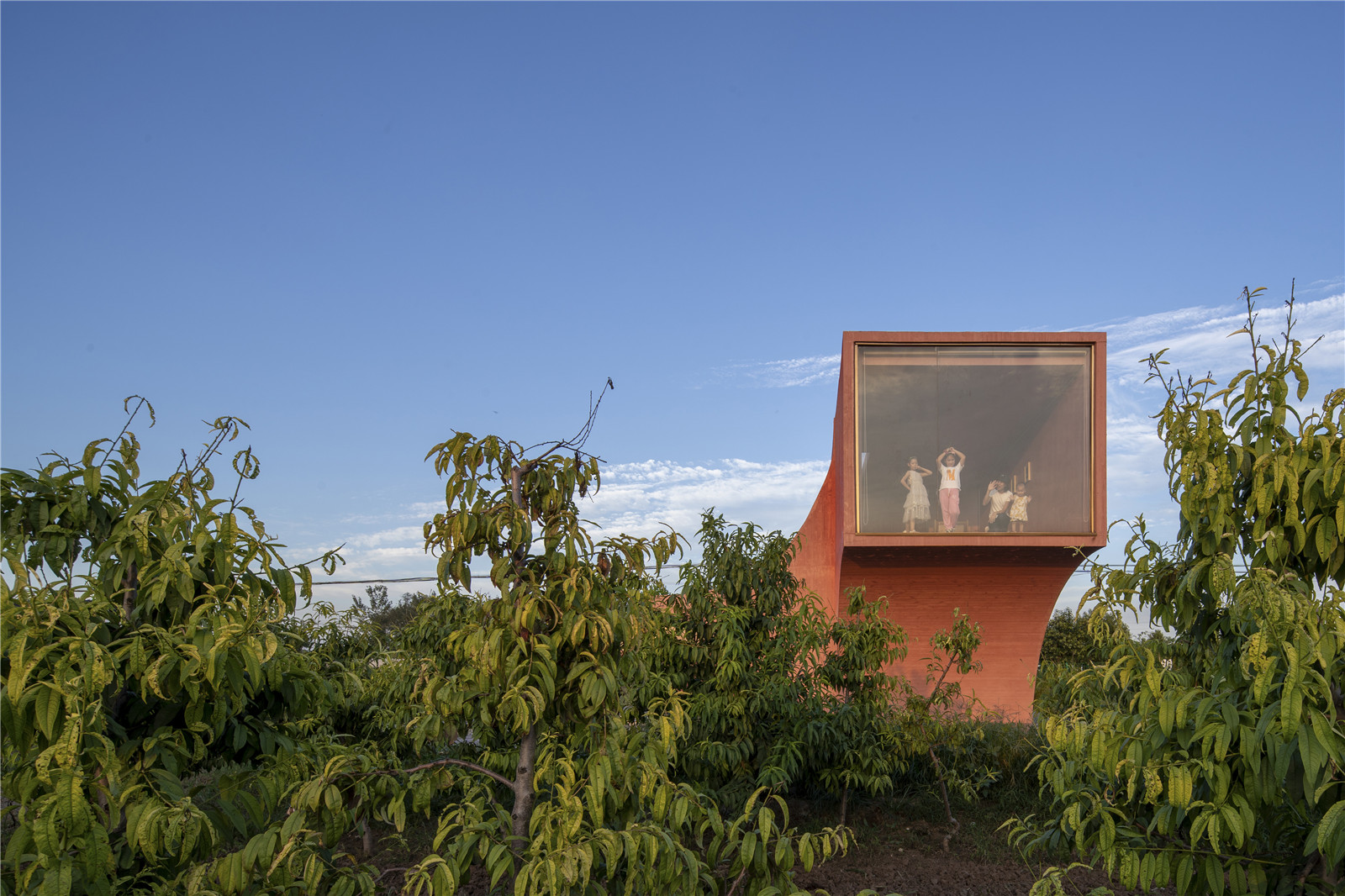
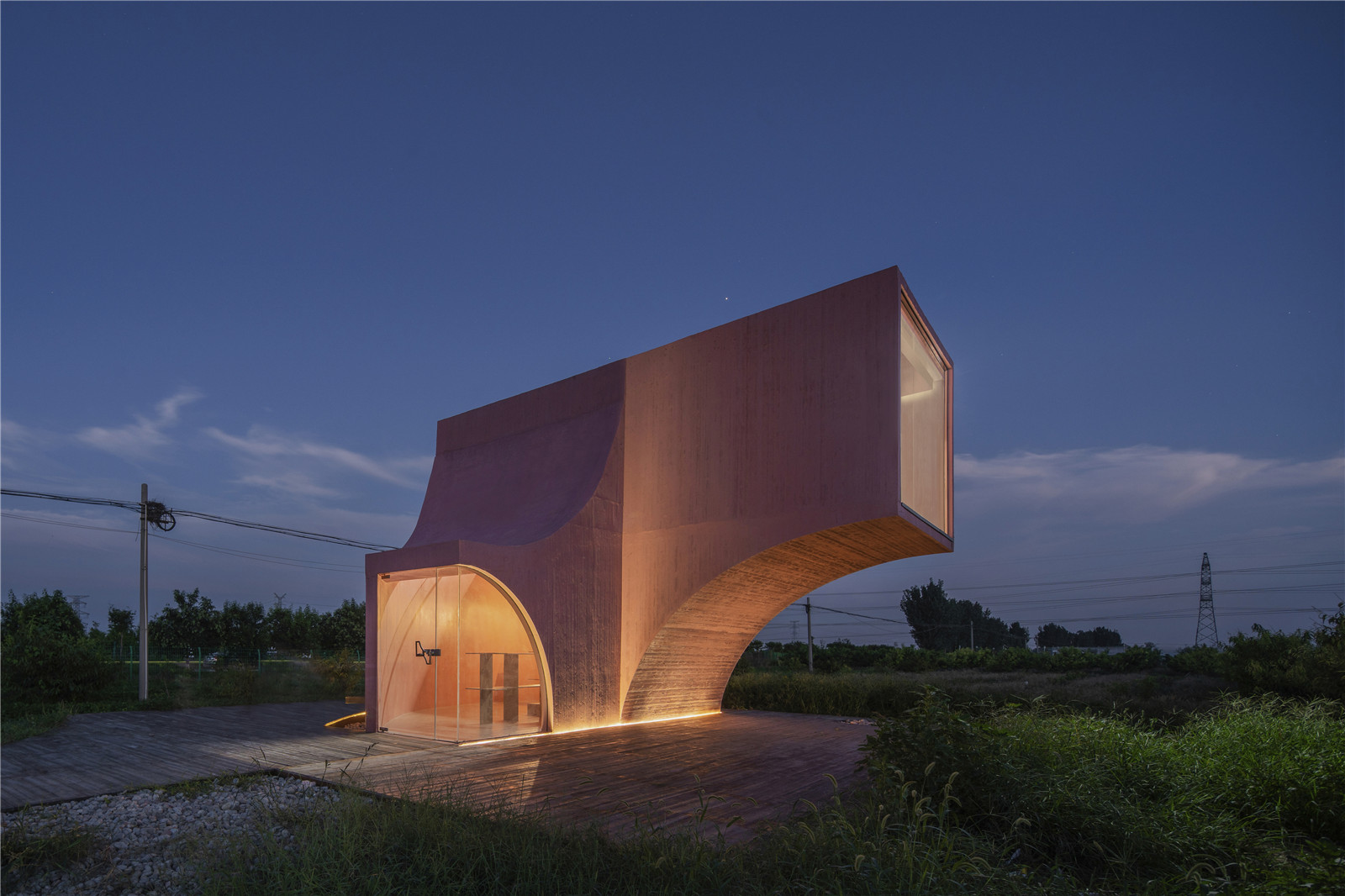
?張超
在桃屋中�,所有的窗戶都是不同形狀的,對(duì)應(yīng)不同的景觀與光線角度:二層落地大窗躍過(guò)并不高大的桃樹林�����,俯瞰田莊全景�����;南側(cè)圓窗沿中軸轉(zhuǎn)動(dòng),面向南方果園和陽(yáng)光�,成為可以轉(zhuǎn)動(dòng)的畫框;轉(zhuǎn)角的豎長(zhǎng)窗拉長(zhǎng)了果園至村莊的景深��;而屋頂橫窗灑落下的陰影在每個(gè)時(shí)刻變幻著���;入口角窗則以一個(gè)四分之一圓弧勾勒出彎腰的桃樹和溫潤(rùn)的土地���。
In the Peach Hut, all windows are of diverse shapes, responding to different views and light angles: the large floor-to-ceiling window on the second floor allows viewers to jump over the peach trees and overlook the panoramic view of the farm; the round window frame on the south side rotates along the central axis, and captures dynamic imageries of the orchard under the subtle variation of daylight; the vertical windows at the corners lengthen the depth of field from the orchard to the village at far; the shadow resulted from the skylight changes at every moment; and the entrance corner window is made as a quarter circle resembling the stooped peach trees, thus resonating with the picturesque land.
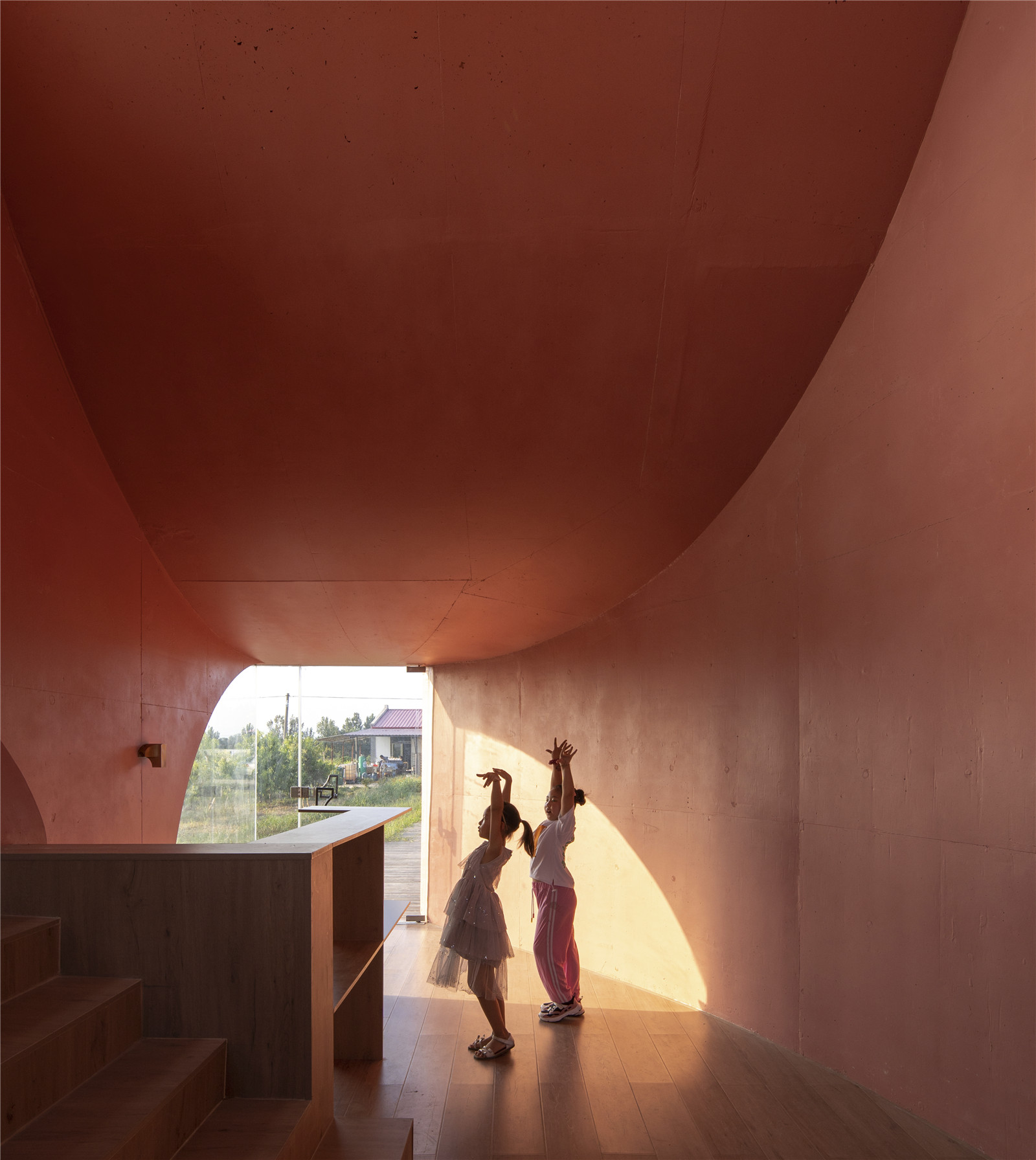
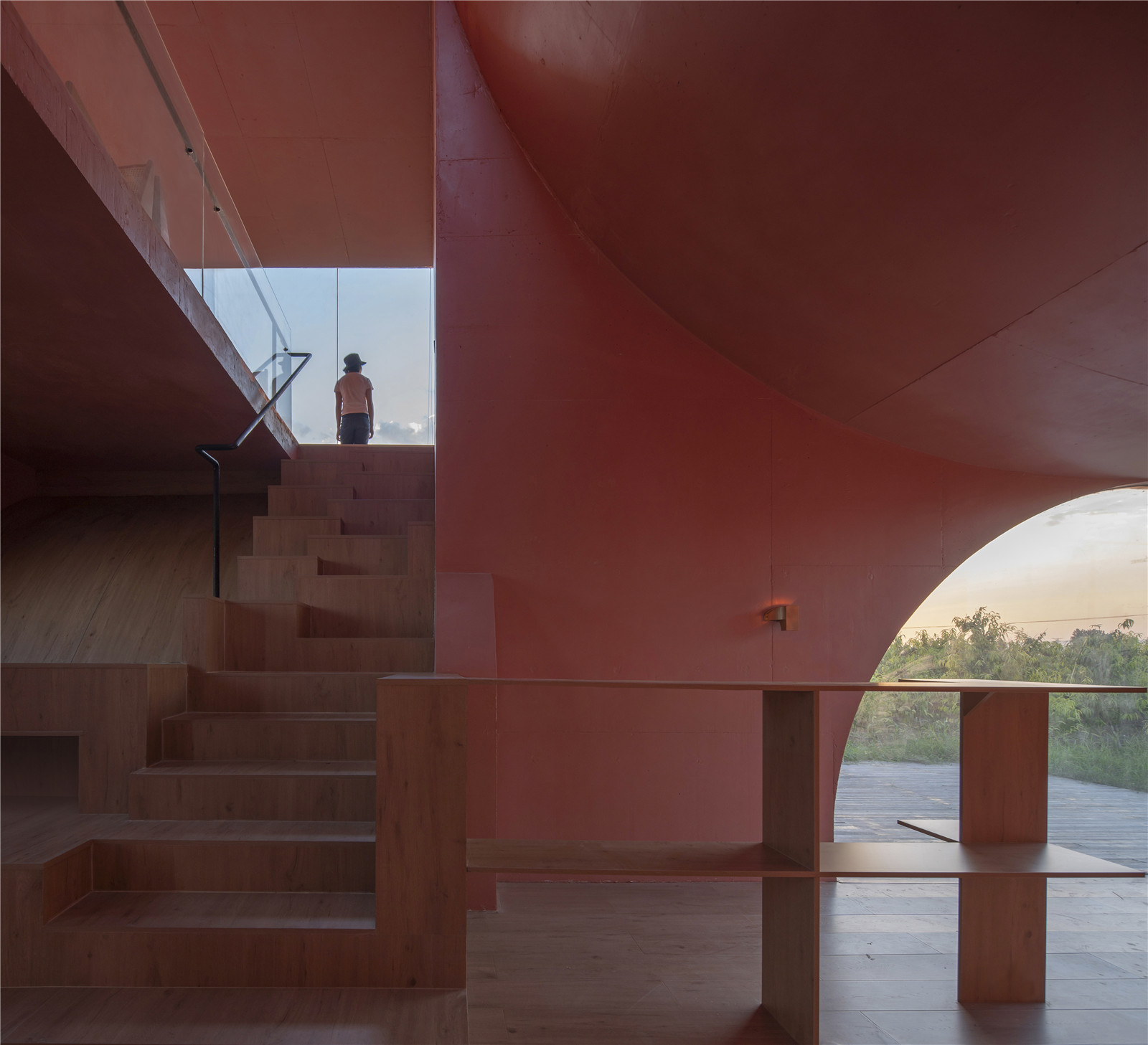
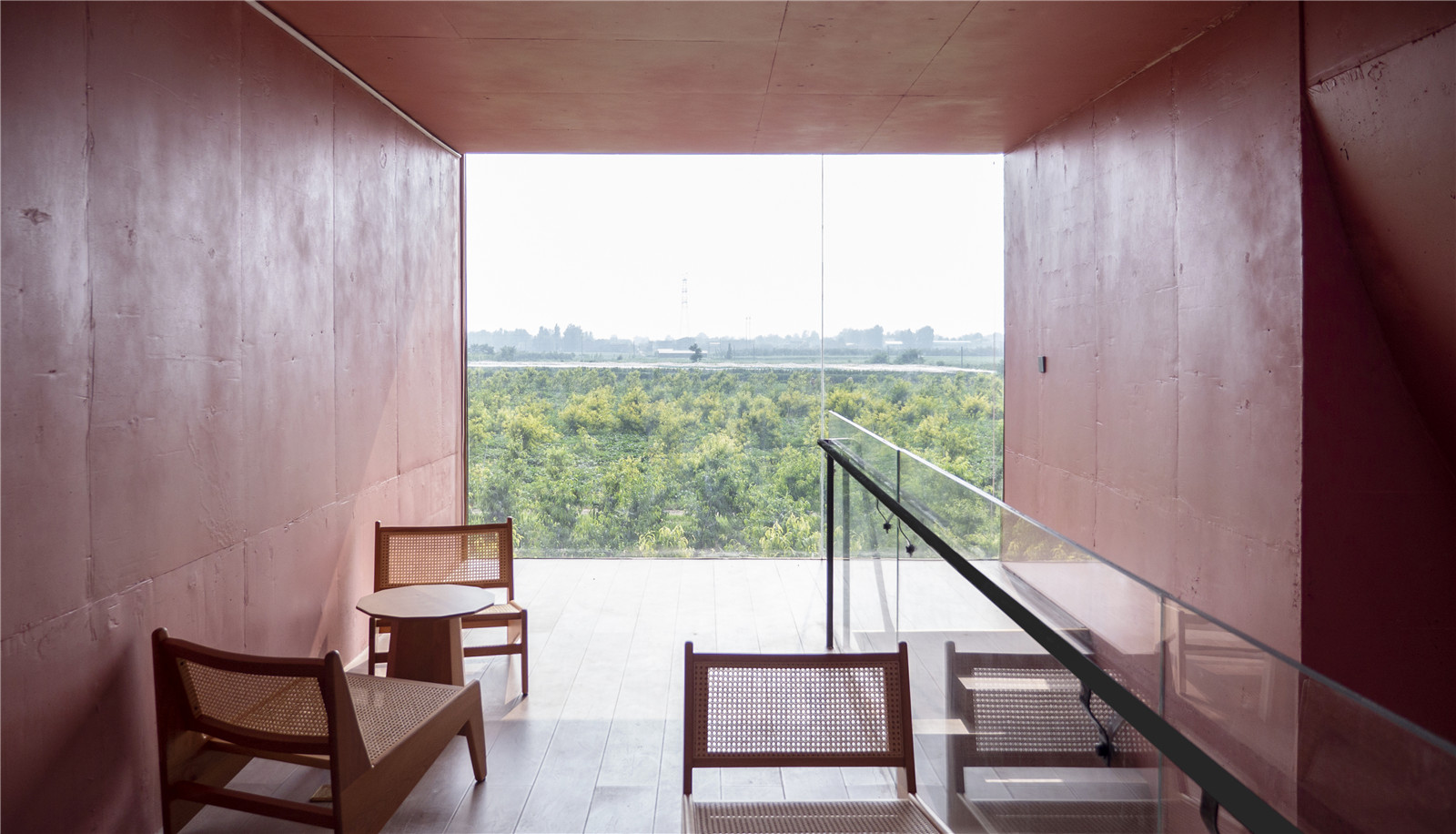
?張超
因?yàn)殡y忘第一次在場(chǎng)地上見(jiàn)到滿園的桃花盛開,建筑師決定用粉色現(xiàn)澆混凝土建起這座建筑���。經(jīng)過(guò)一次次現(xiàn)場(chǎng)試驗(yàn)后��,建筑師與施工隊(duì)終于調(diào)配出符合期望顏色和混凝土強(qiáng)度的配方���。建筑外墻用碳化小木模板支模澆筑勾勒出弧形輪廓的圓滑線條����,建筑內(nèi)部則用鏡面模板澆筑起光滑的室內(nèi)墻面、迎接天光的灑落���。在清晨�����、正午���、黃昏或夜色中��,粉色混凝土墻面會(huì)因?yàn)椴煌饩€而呈現(xiàn)出不同的顏色狀態(tài)���。
Impressed by the peach blossoms on the site during the first visit, the architect decided to coat the building with pink cast-in-place concrete. After repeated field tests, the architect and the construction team eventually found a formula that met the desired color and concrete strength. The exterior concrete finish is cast with small wooden formwork to outline the contour of the curved geometry, and the interior finish is cast with a smooth formwork to better reflect the skylight from above. In early morning, at noon, dusk and night, the pink concrete wall reveals different colors and qualities based on the changing light conditions.
▼現(xiàn)澆粉色混凝土拆模后?一樹建筑
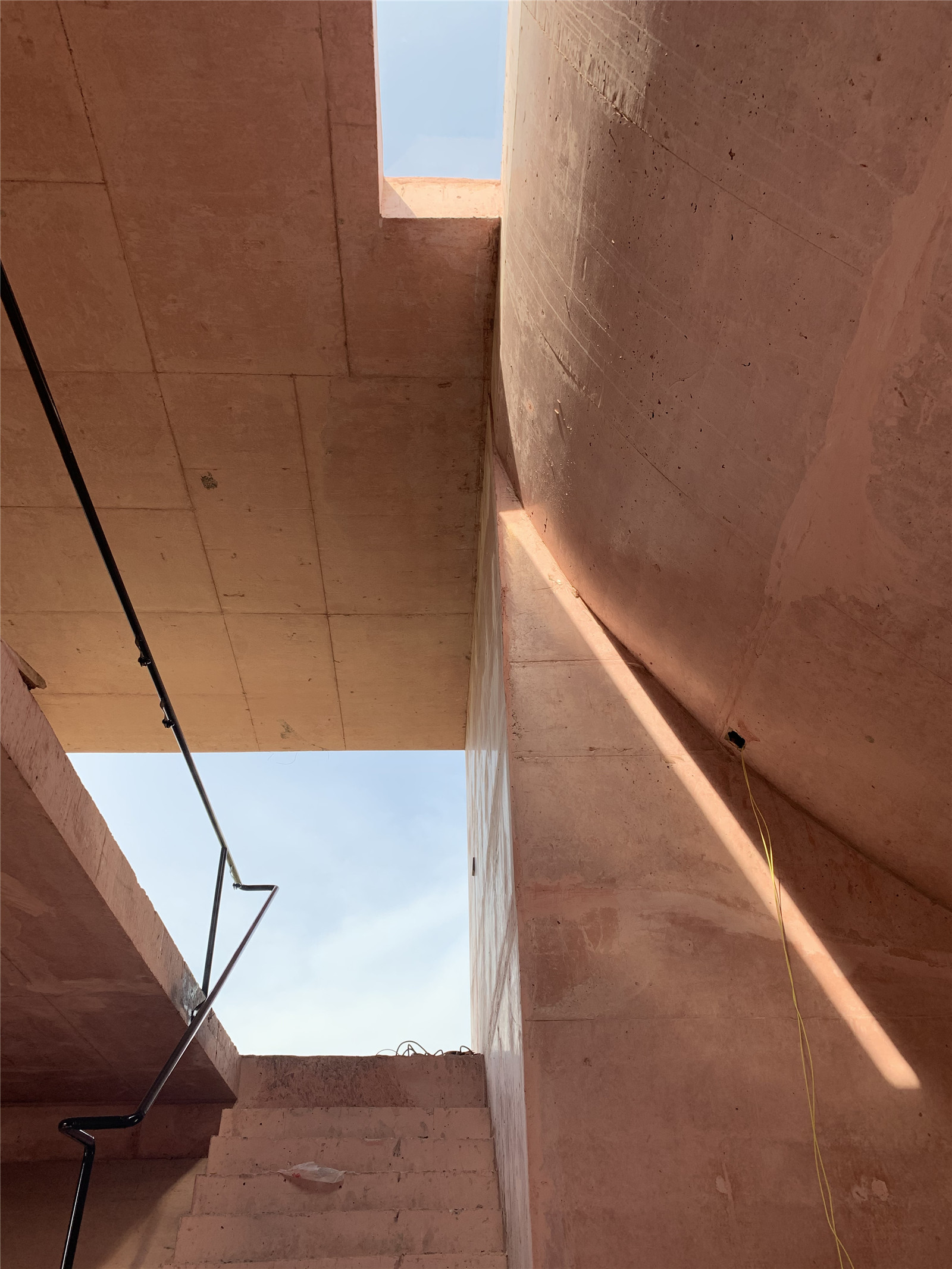
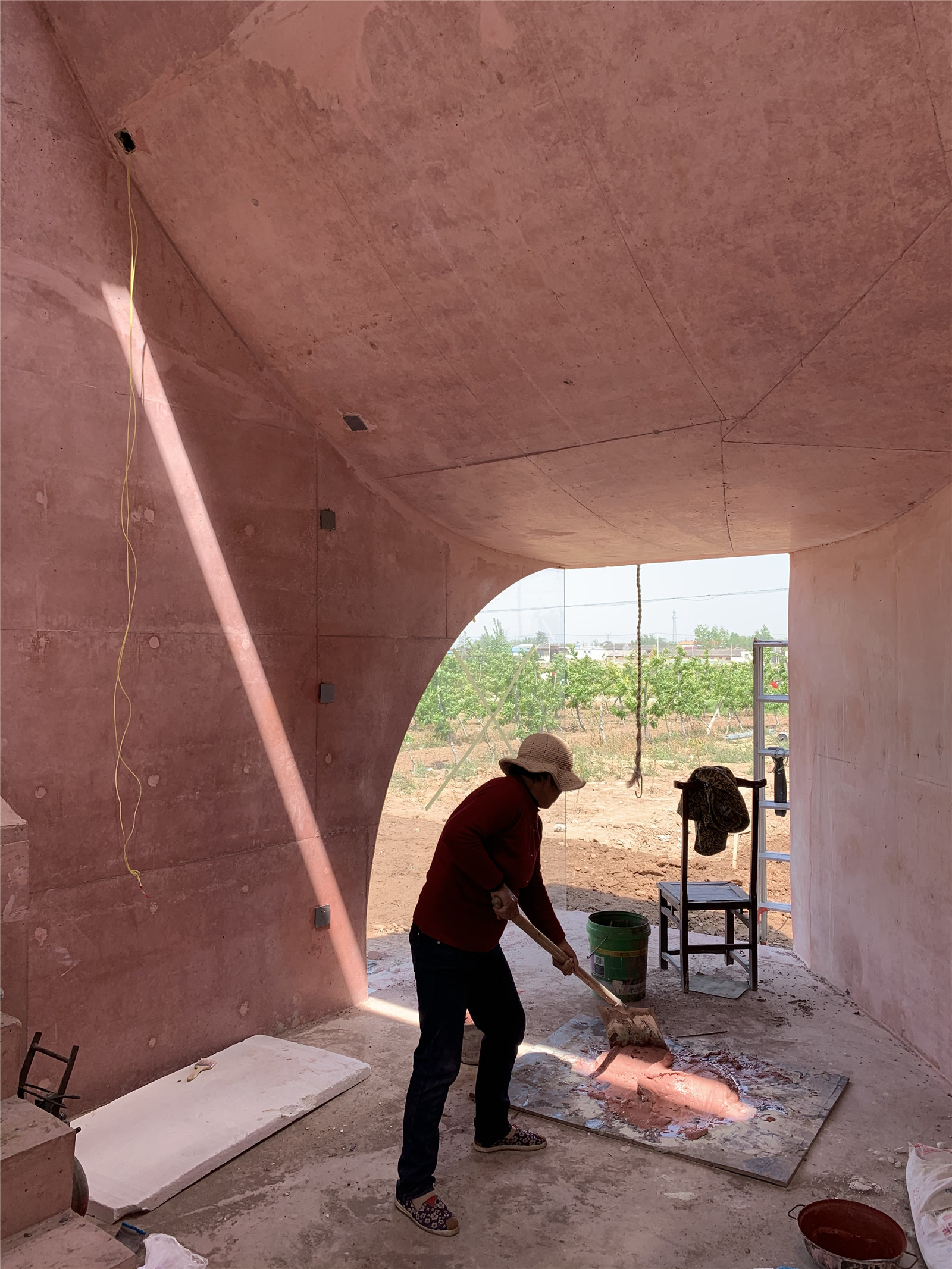
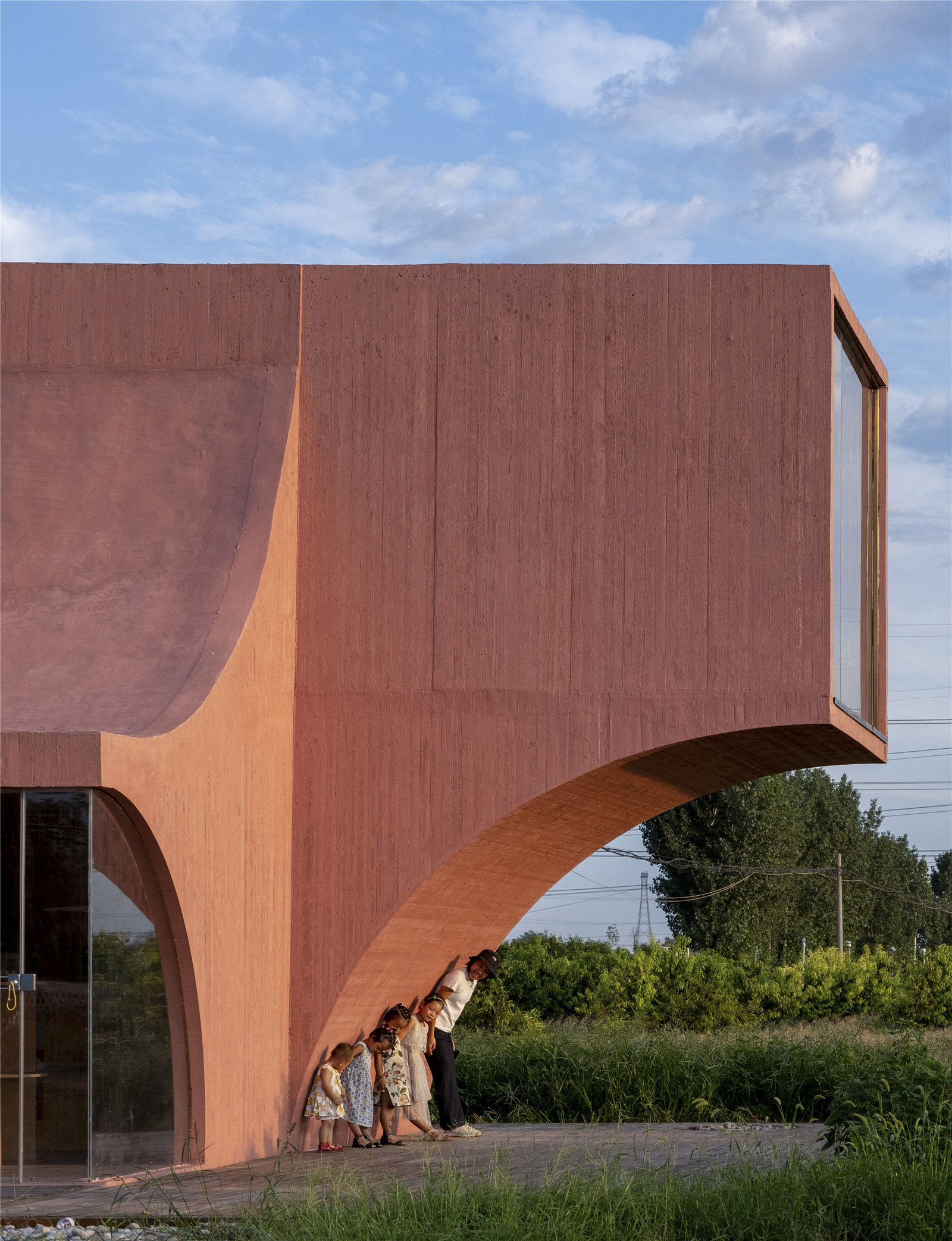
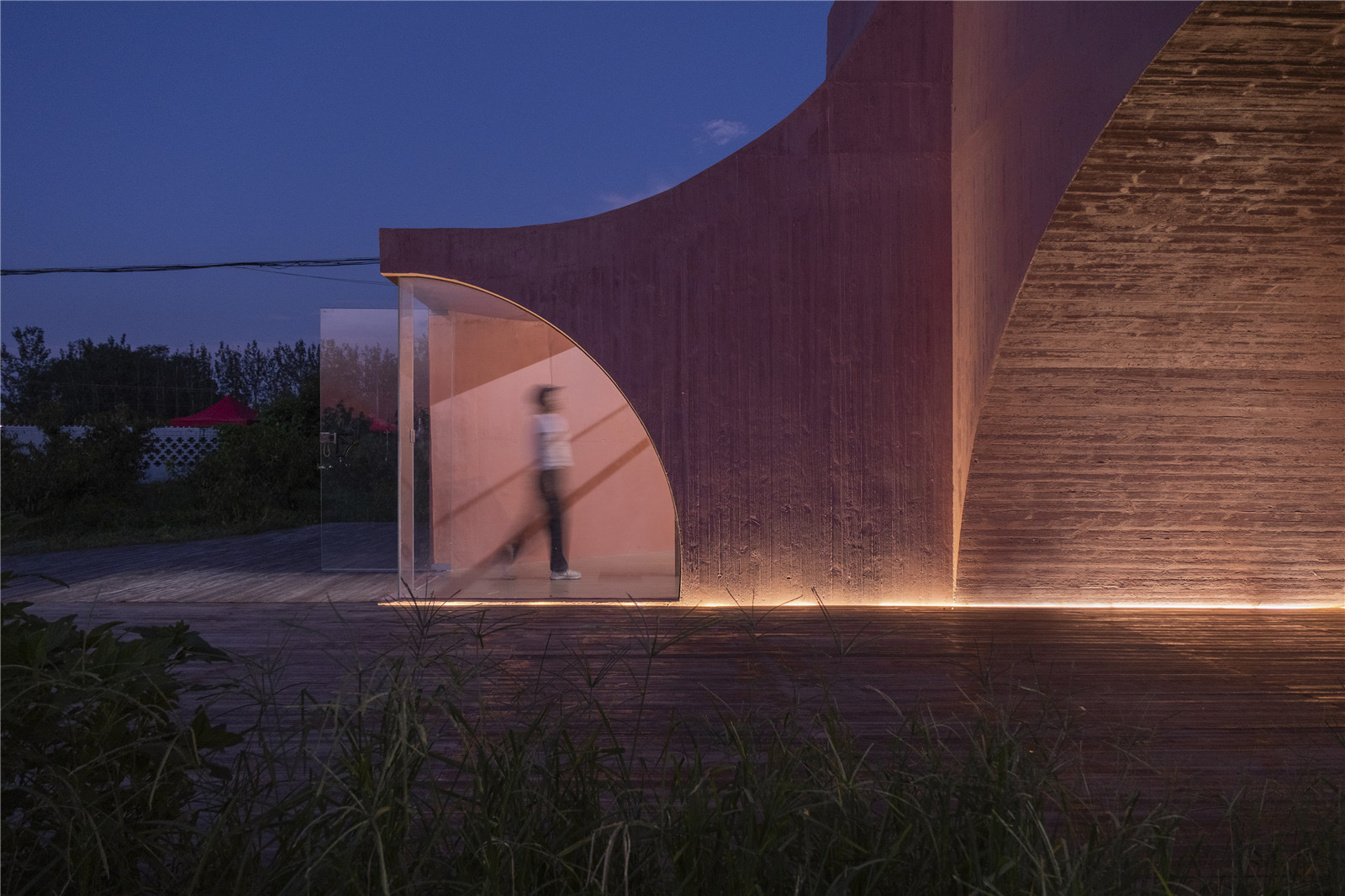
?張超
建筑師希望能在這個(gè)建筑中留下一些僅僅屬于這片土地的印記,因此在室內(nèi)用建筑體的輪廓設(shè)計(jì)制作了一個(gè)金屬壁燈與門把手����;而在立面上用特制模板澆筑出一棵浮雕樹,向著東方日出的方位����。
The architect hopes to leave a few marks on the building that belong only to this piece of land. Therefore, a bronze wall sconce and black steel door handles are designed with the outline of the building; and a relief tree is cast on the concrete facade with customized formwork, orientating towards sunrise to the east.
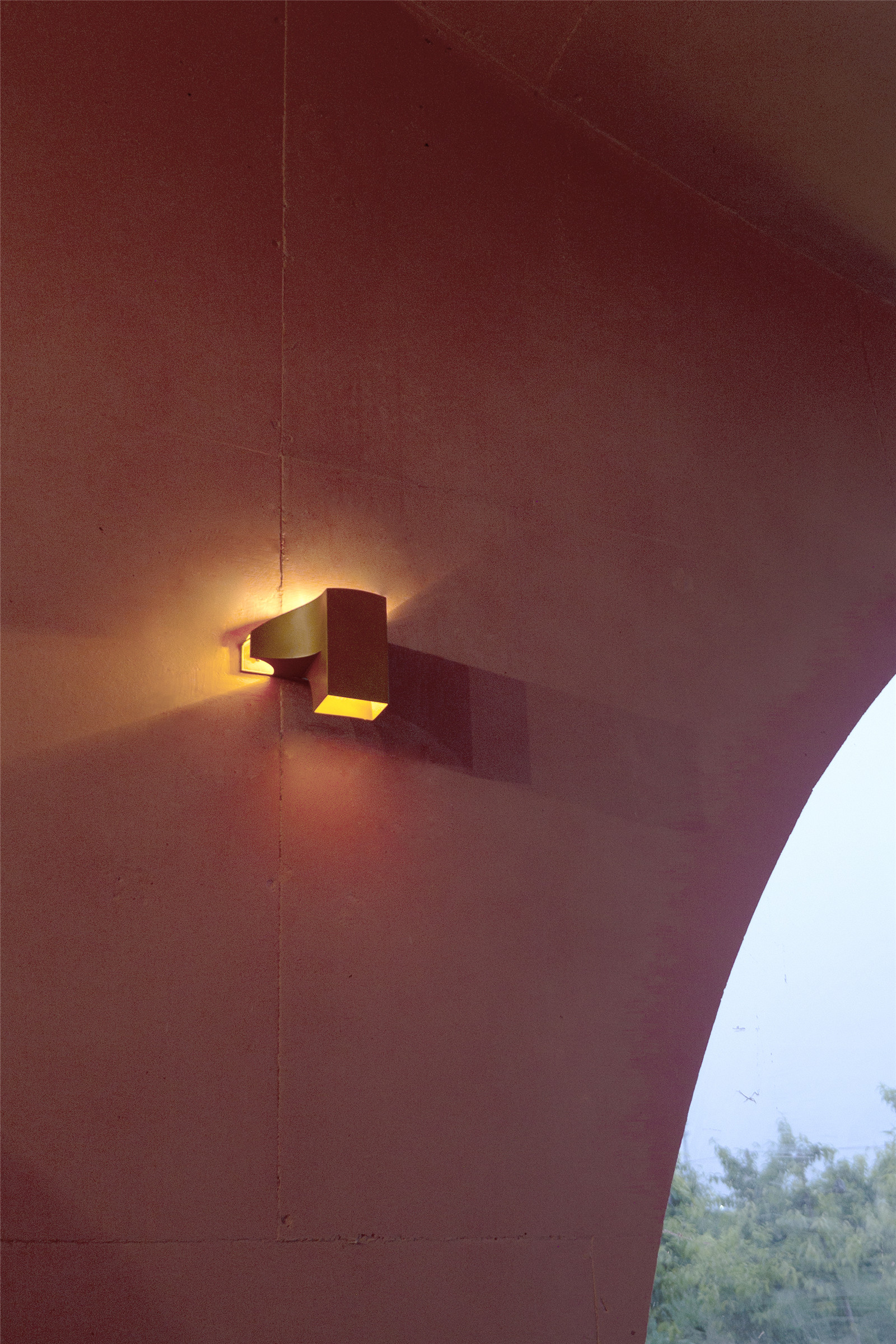
?一樹建筑
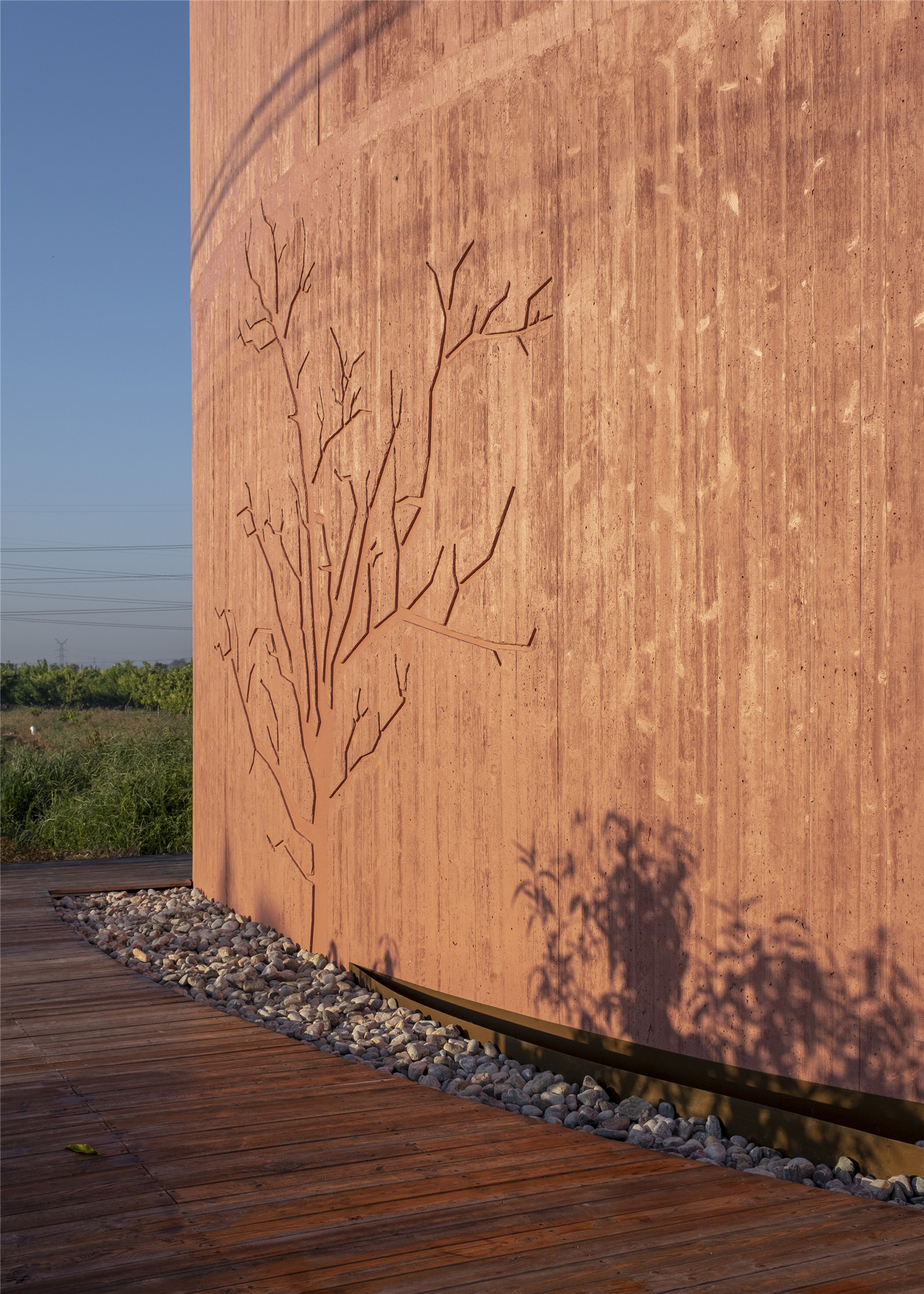
?張超
項(xiàng)目名稱:微建筑系列 I- 桃屋
設(shè)計(jì)團(tuán)隊(duì):一樹建筑工作室
網(wǎng)址:www.atelierxi.com
聯(lián)系郵箱:cx@atelierxi.com
公司地址:Shenzhen, China
建成時(shí)間:2020.7
建筑面積:55平米
項(xiàng)目地址:河南省修武縣王屯鄉(xiāng)愛(ài)心家庭農(nóng)場(chǎng)
主持建筑師:陳曦
設(shè)計(jì)團(tuán)隊(duì):朱珠、黃家杰�����、王星瑤���、許呂寶�、王衛(wèi)國(guó)、田笛��、溫維健�����、曹蘇穎�、韓笑、徐志維
項(xiàng)目委托方:修武縣政府
施工圖設(shè)計(jì):李建輝(建筑)��;粟志勐(結(jié)構(gòu))���;甘彬���、肖亮民(設(shè)備)
燈光設(shè)計(jì):廣州邁璟燈光設(shè)計(jì)有限公司
攝影師:張超
攝影師網(wǎng)站:https://cargocollective.com/ZCSTUDIO
攝影師郵箱:Chaos_Zhang@foxmail.com
Project Name:Miniature Series I – Peach Hut
Architecture Firm:ATELIER XI
Website: www.atelierxi.com
Contact e-mail:cx@atelierxi.com
Firm Location:Shenzhen, China
Completion Year:2020.7
Gross Built Area:55 m2
Project location:Xiuwu, Henan Province, China
Lead Architects:Chen Xi
Lead Architects e-mail: cx@atelierxi.com
Design Team: Zhu Zhu, Huang Jiajie, Wang Xingyao, Xu Lvbao, Wang Weiguo, Tian Di, Wen Weijian, Cao Suying, Han Xiao, Xu Zhiwei
Clients: Xiuwu County
Construction Documents: Li Jianhui (architecture), Su Zhimeng (structure), Gan Bin, Xiao Liangmin (MEP)
Lighting Consultant: AURA Lighting Design Consultant
Photo credits: Zhang Chao
Photographer’s website:https://cargocollective.com/ZCSTUDIO
Photographer’s e-mail:Chaos_Zhang@foxmail.com
版權(quán)聲明:本文版權(quán)歸原作者所有,請(qǐng)勿以景觀中國(guó)編輯版本轉(zhuǎn)載�。如有侵犯您的權(quán)益請(qǐng)及時(shí)聯(lián)系,我們將第一時(shí)間刪除�。
投稿郵箱:info@landscape.cn
項(xiàng)目咨詢:18510568018(微信同號(hào))
 京公海網(wǎng)安備 110108000058號(hào)
京公海網(wǎng)安備 110108000058號(hào)


















